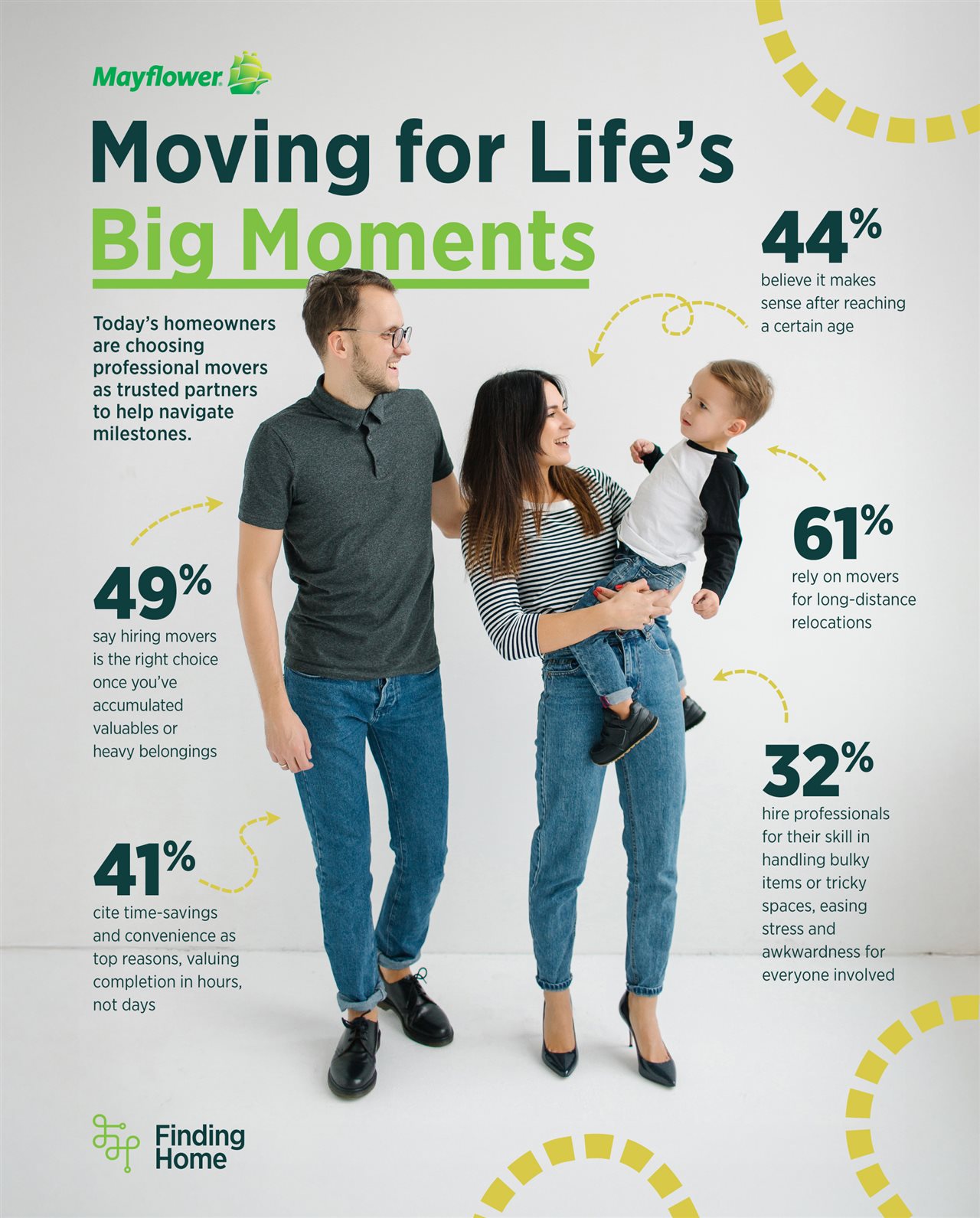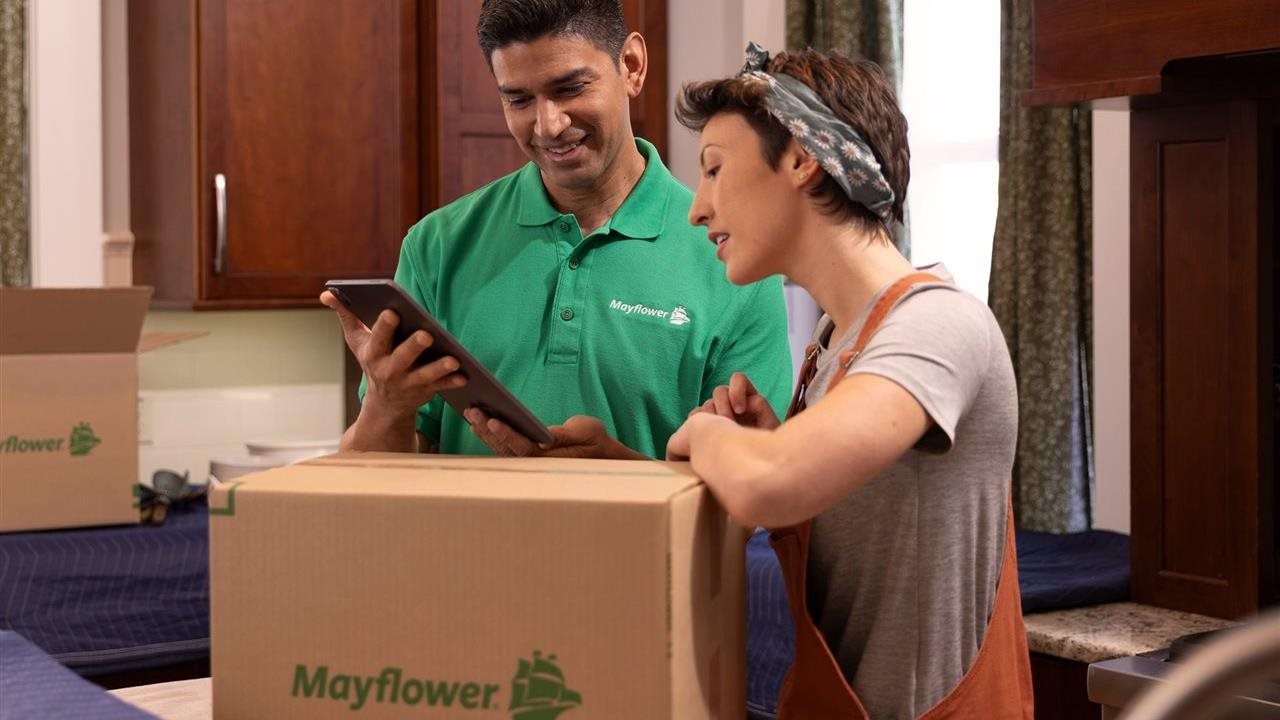2025-10-24T10:01:00
(BPT) – Halloween and the winter holidays are a fun, festive time of year when candy and other sweet treats appear everywhere — at home, in school and at parties and other seasonal gatherings. Because candy is so visually tempting, it’s especially important for parents and caregivers to make sure that any medications, vitamins or supplements that could be mistaken for candy are stored safely: up and away, out of sight and reach of young children.
To young kids, some medicines look just like the treats they enjoy during the holidays. Gummy vitamins and colorful pills often resemble candy, and liquid medicines can look like soda or juice. It’s critical to store and use these products safely, especially during this high-risk season.
Approximately 35,000 young children are brought to the emergency room each year because they got into medicines that were left within their reach. To help prevent these kinds of incidents, the Up and Away Campaign offers practical tips for parents and caregivers to keep kids safer during Halloween and year-round.
Store medicines up and away
Choose a high, secure spot in your home that children can’t reach or see, and store all your medicines, vitamins and supplements — especially those in gummy form — in that place, even between doses. If you carry medicine in your purse, bag, pocket or pill organizer, make sure to keep it out of sight and reach of young kids.
Remind all babysitters, houseguests and visitors to follow the same precautions when they are in your home.
Don’t leave medicine out between doses
If you or your child is ill and needs a dose every few hours, it can be tempting to leave the medicine in reach on a kitchen counter or a sick child’s bedside table. Put it up and away instead to avoid unintentional overdoses.
Keep medicines in child-resistant containers
Always relock the safety cap on medicine bottles every time you close them. If a bottle has a locking cap that turns, twist it until you hear the “click,” or until you can’t twist it anymore. If you must put medicines in other containers, such as pill organizers, check to see if they have child-resistant features. Many do not and can be easily opened by young children.
Teach your children about medicine safety
It’s important to teach your children what medicine is and why you or a trusted caregiver must be the one to give it to them. Never tell children that medicine is “candy,” even if they don’t enjoy taking it.
Be prepared for an emergency
Call Poison Help at 800-222-1222 right away if you think your child might have gotten into a medicine, vitamin or supplement, even if you are not completely sure. Save the number as a contact in your phone so you have it ready in case of an emergency.
For more tools and information to help safeguard children, visit UpandAway.org.





























